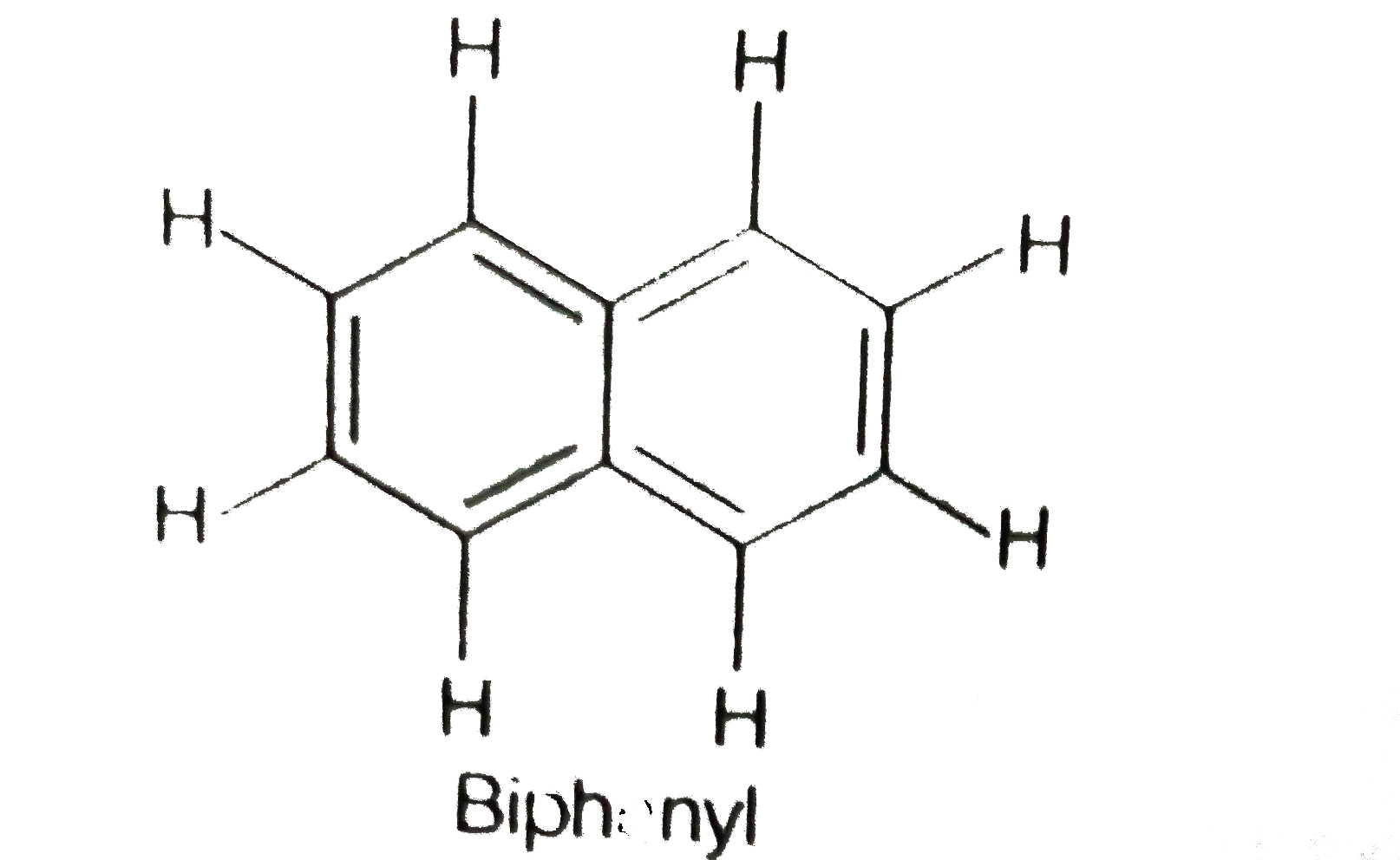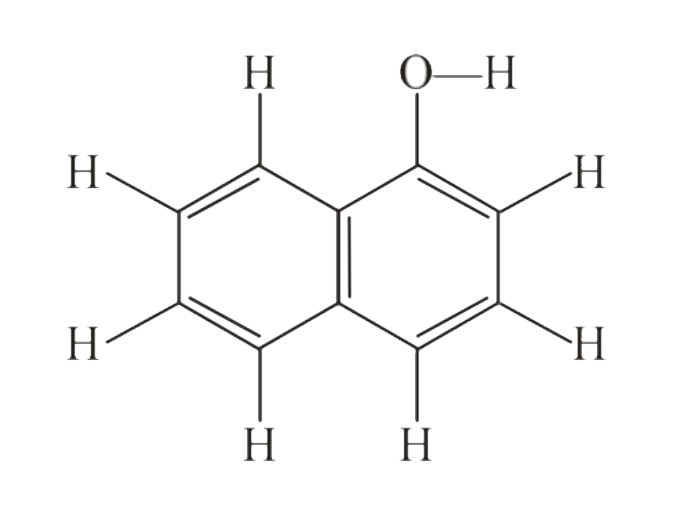Identify the substances having glycosidic bond and peptide bond,respectively in their structure:
chitin,cholesterol
glycerol,trypsin
cellulose,lecithin
inulin,insulin
To solve the question of identifying substances that contain glycosidic bonds and peptide bonds, we can follow these steps:
Step 1: Understand the Bonds
- Glycosidic Bond: This bond is formed between two monosaccharides (sugar molecules) when they undergo a dehydration reaction. It is commonly found in carbohydrates.
- Peptide Bond: This bond is formed between two amino acids during protein synthesis. It occurs when the carboxyl group of one amino acid reacts with the amino group of another, releasing a molecule of water.
Step 2: Analyze the Options
We need to evaluate the given options to find substances that contain these bonds:
- Option A: Chitin
- Chitin is a polysaccharide that contains glycosidic bonds.
- Option B: Chitin, Cholesterol
- Cholesterol is a lipid and does not contain glycosidic or peptide bonds. So, this option is not valid.
- Option C: Glycerol, Trypsin
- Glycerol is a component of fats and does not contain glycosidic or peptide bonds. Trypsin is a protein and contains peptide bonds, but this option cannot be correct as glycerol does not have a glycosidic bond.
- Option D: Cellulose, Lecithin
- Cellulose is a polysaccharide that contains glycosidic bonds, but lecithin is a phospholipid and does not contain peptide bonds. This option is also not valid.
- Option E: Inulin, Insulin
- Inulin is a polysaccharide that contains glycosidic bonds (specifically, beta-2,1-glycosidic bonds). Insulin is a protein that contains peptide bonds.
Step 3: Conclusion
Based on the analysis, the correct substances that have glycosidic bonds and peptide bonds respectively are:
- Inulin (contains glycosidic bonds)
- Insulin (contains peptide bonds)
Thus, the answer is Option D: Inulin and Insulin.
---
- Glycosidic Bond: This bond is formed between two monosaccharides (sugar molecules) when they undergo a dehydration reaction. It is commonly found in carbohydrates.
- Peptide Bond: This bond is formed between two amino acids during protein synthesis. It occurs when the carboxyl group of one amino acid reacts with the amino group of another, releasing a molecule of water.
We need to evaluate the given options to find substances that contain these bonds:
- Chitin is a polysaccharide that contains glycosidic bonds.
- Option B: Chitin, Cholesterol
- Cholesterol is a lipid and does not contain glycosidic or peptide bonds. So, this option is not valid.
- Option C: Glycerol, Trypsin
- Glycerol is a component of fats and does not contain glycosidic or peptide bonds. Trypsin is a protein and contains peptide bonds, but this option cannot be correct as glycerol does not have a glycosidic bond.
- Option D: Cellulose, Lecithin
- Cellulose is a polysaccharide that contains glycosidic bonds, but lecithin is a phospholipid and does not contain peptide bonds. This option is also not valid.
- Option E: Inulin, Insulin
- Inulin is a polysaccharide that contains glycosidic bonds (specifically, beta-2,1-glycosidic bonds). Insulin is a protein that contains peptide bonds.
Based on the analysis, the correct substances that have glycosidic bonds and peptide bonds respectively are:
- Inulin (contains glycosidic bonds)
- Insulin (contains peptide bonds)
Similar Questions
Glycosidic bond is
View SolutionExplain peptide bond.
View SolutionWhat is a peptide bond?
View Solution" Glycosidic bond " is seen in
View SolutionPeptide bond present in all, except:-
View SolutionNumber of π bonds and σ bonds in the following structure is

View SolutionNumber of π bonds and σ bonds in the following structure is

View SolutionNumber of π bonds and σ bonds in the following structure is

View SolutionIllustrate a glycosidic, peptide and a phosphodiester bond.
View SolutionFormation of peptide and glycosidic bonds involves
View Solution
